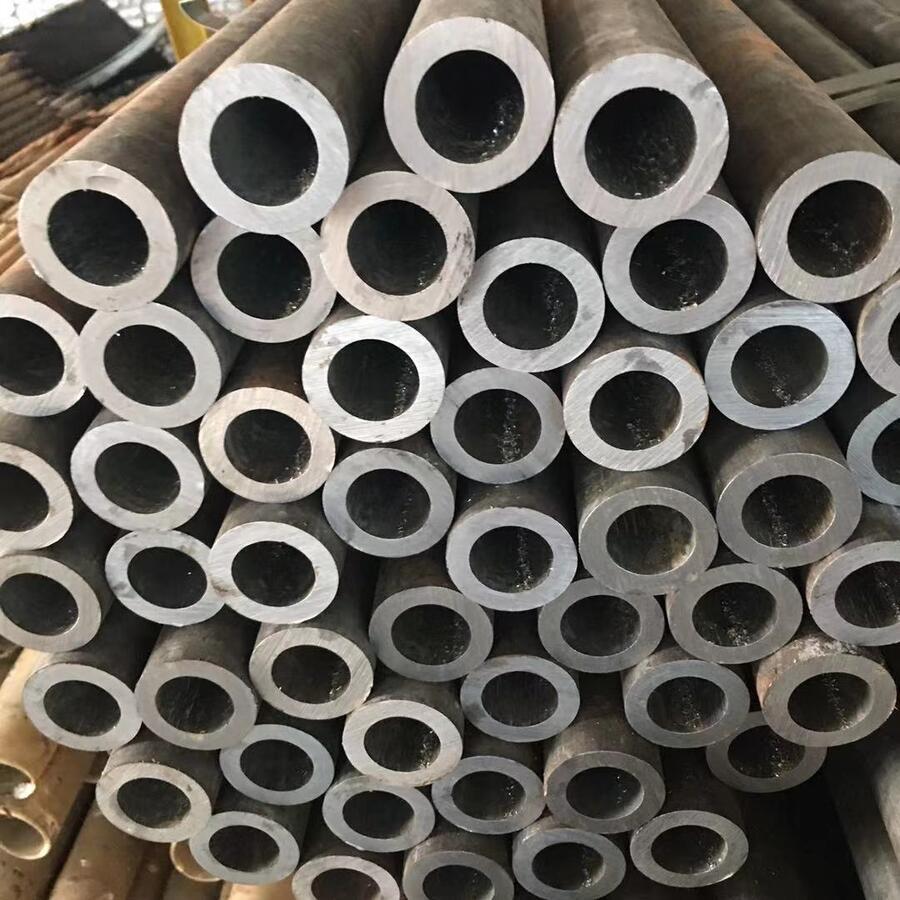La ingeniería detrás de la fabricación moderna de barras de refuerzo de acero
El línea de producción de barras de acero representa una maravilla de la ingeniería industrial, Transformar materias primas en barras de acero reforzado esenciales para la construcción.. Este sistema integrado combina la ciencia metalúrgica con la mecánica de precisión para producir barras de refuerzo que cumplan con estrictos estándares de calidad internacionales.. Moderno fábricas de rodajas de barras han evolucionado hasta convertirse en complejos totalmente automatizados donde cada componente desempeña un papel fundamental en la determinación de la resistencia a la tracción del producto final., punto de rendimiento, y características de la superficie.
Componentes principales de una línea de producción de barras de refuerzo
1. Sistemas de fusión y refinación: Hornos de arco eléctrico (EAF) o los hornos de inducción funden chatarra de acero a 1.600-1.700°C. HANI TECH hornos de inducción cuentan con bobinas enfriadas por agua y sistemas de energía controlados por PLC que reducen el consumo de energía en 15% en comparación con los modelos convencionales.
2. Máquinas de colada continua: El acero fundido se solidifica en palanquillas a través de moldes oscilantes con agitación electromagnética. Los parámetros críticos incluyen la velocidad de lanzamiento. (1.8-2.5 m/mi) y la intensidad del enfriamiento por pulverización de agua.
3. Soportes para laminadores: El corazón de cualquier línea de laminación de barras de refuerzo Cuenta con soportes de rodillos secuenciales que dan forma progresivamente a los tochos calentados.. Las configuraciones modernas incluyen:
- Molinos de desbaste: Reducir la sección transversal del tocho en 40-50% por pase
- Molinos intermedios: Formar patrones de costillas preliminares.
- Fresas de acabado de precisión: Logre las dimensiones finales con una tolerancia de ±0,1 mm.
HANI TECH laminadores de alta rigidez Incorporar sistemas hidráulicos AGC para control de espesor a nivel de micras..
Sistemas auxiliares críticos
Gestión de temperatura: Los hornos de recalentamiento mantienen temperaturas óptimas de laminación (1,100-1,250°C) utilizando quemadores regenerativos que recuperan el calor residual. Las desviaciones de temperatura superiores a ±15°C afectan significativamente el desarrollo de la microestructura..
Sistemas de corte automatizados: Cizallas voladoras operando a 18 m/seg corte con precisión barras de refuerzo a medida durante el laminado continuo, sincronizado con la velocidad de la línea mediante medición láser.
Enfriamiento y manipulación: Los lechos de enfriamiento escalonado utilizan nebulización controlada de aire/agua para lograr las propiedades metalúrgicas deseadas.. HANI TECH lechos de enfriamiento rotativos reducir la deformación por 70% en comparación con los diseños convencionales.
Especificaciones técnicas de los equipos modernos de producción de barras de refuerzo
| Equipo | Modelo | Capacidad | Fuerza | Dimensiones | Velocidad de rodadura | Exactitud | Características especiales |
|---|---|---|---|---|---|---|---|
| Molino de desbaste | HANI-RM450 | 120 t/h | 1,000 KW | Ø450×800mm | 0.5-1.2 EM | ±0,3 mm | bordeadora vertical, rollos de carburo de tungsteno |
| Molino de acabado | HANI-FM320 | 85 t/h | 2,500 KW | Ø320×650mm | 12-18 EM | ±0,1 mm | Bucles hidráulicos, control automático de calibre |
| Horno de inducción | HANI-IF20 | 20 t/lote | 8,000 kVA | Ø3.200×4.500mm | N / A | ±5°C | Precalentamiento de chatarra, detección de escoria |
| Cama de enfriamiento | HANI-CB120 | 120 t/h | 75 KW | 12×120m | 0.1-0.3 EM | Rectitud ≤1 mm/m | Refrigeración de zona variable, mecanismo anti-sesgo |
| Corte de barras de refuerzo | HANI-RS800 | 150 cortes/min | 160 KW | 6.5×3,2×2,8m | sincronizado | ±2 mm de longitud | Medición láser, amortiguación hidráulica |
Control de calidad en la fabricación de barras de refuerzo
Moderno líneas de producción de barras de acero incorporar múltiples puntos de inspección:
- Los espectrómetros verifican la composición química durante la extracción
- Los pirómetros monitorean los gradientes de temperatura a través de etapas rodantes
- Los perfilómetros láser miden la geometría de las costillas cada 15 metros
- Los probadores ultrasónicos detectan defectos internos en barras de refuerzo terminadas
Esta verificación de varias etapas garantiza el cumplimiento de ASTM A615., Licenciatura 4449, y GB/T 1499.2 estándares.
Innovaciones que impulsan la eficiencia
Fabricantes líderes como HANI TECH implementan la industria 4.0 soluciones en sus equipo de laminación de barras de refuerzo:
- El mantenimiento predictivo impulsado por IA reduce el tiempo de inactividad al 30%
- La optimización dinámica del proceso ajusta los parámetros en tiempo real
- Captura de sistemas de recuperación de energía. 45% de calor residual
- Manipulación automatizada de paquetes con paletizado robótico
Estos avances posicionan a los modernos líneas de producción de barras de refuerzo como modelos de fabricación sostenible.
Tendencias futuras en tecnología de barras de refuerzo
La próxima generación de fabricación de barras de acero se centra en:
- Reducción directa basada en hidrógeno para una producción neutra en carbono
- Tratamiento térmico en línea para mejorar la resistencia a la corrosión.
- 3Ranuras por rodillo impresas en D que extienden la vida útil de las herramientas al 200%
- Trazabilidad de materiales basada en blockchain
A medida que crecen las demandas de infraestructura global, optimizado líneas de laminación de barras de refuerzo seguirá siendo crucial para la construcción de estructuras de hormigón resilientes en todo el mundo.




